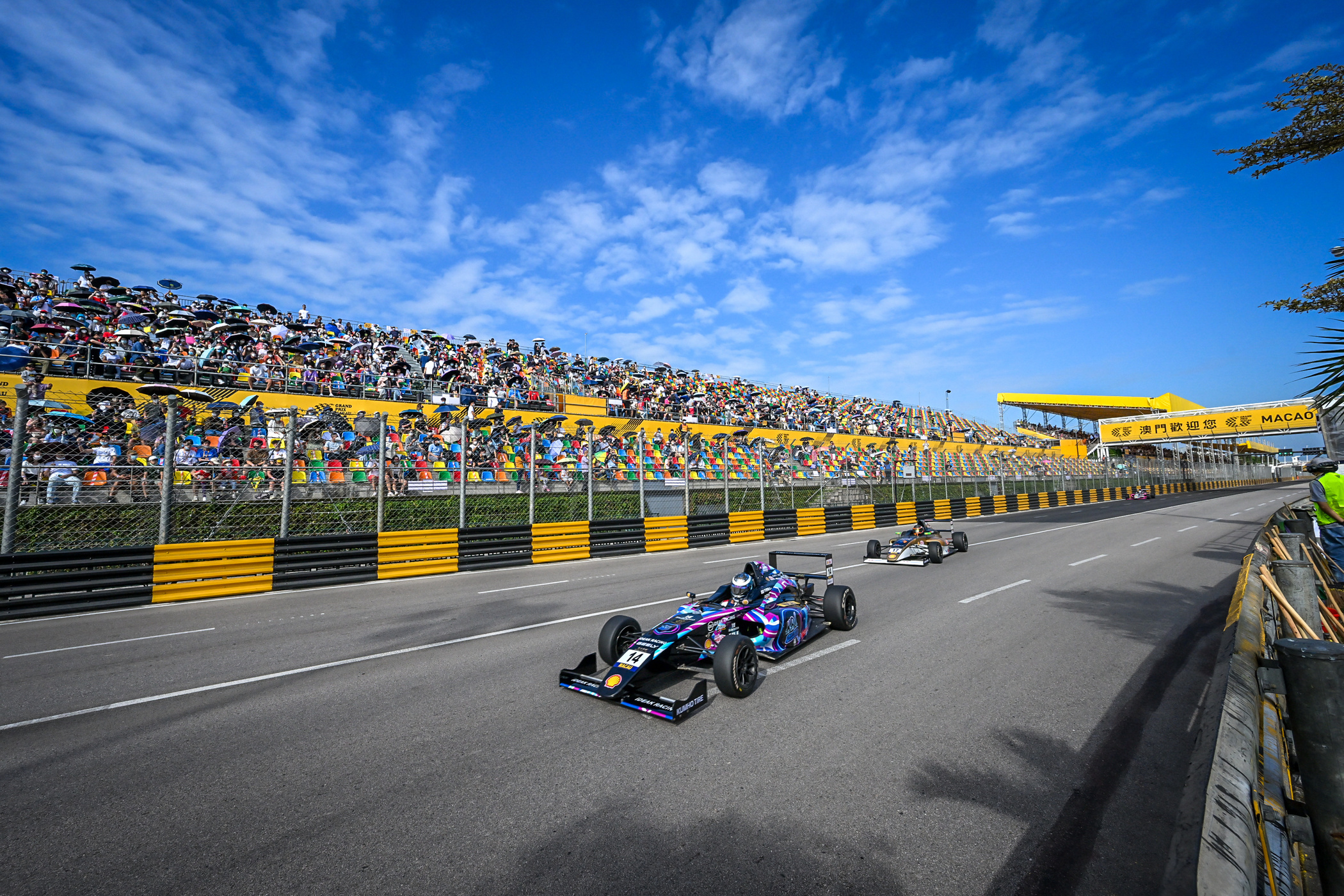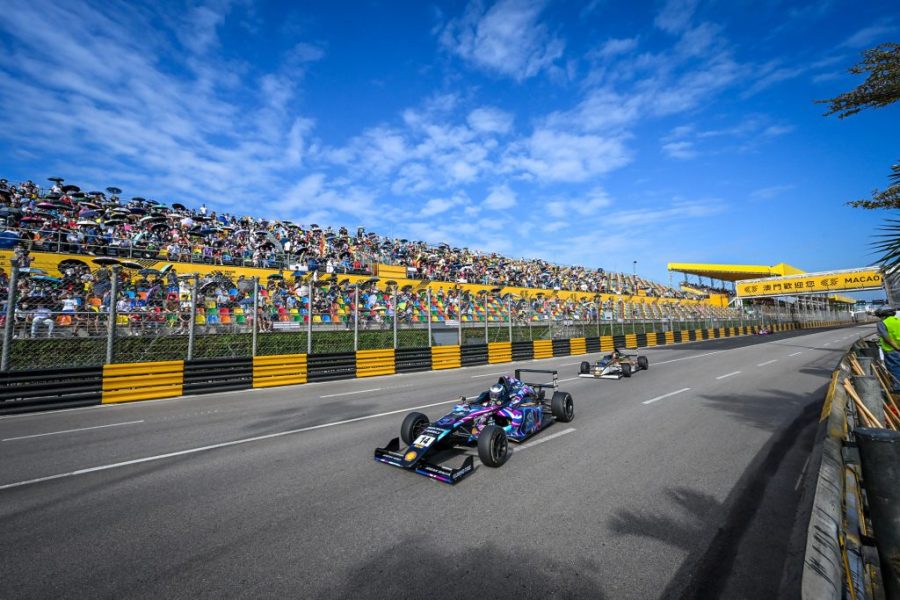The Macau Grand Prix has seen it all – from big-name drivers to nail-biting races that keep you on the edge of your seat. This year’s event takes place on 11-12 November and 16-19 November, and will comprise the Formula 3 Macau Grand Prix – FIA Formula 3 World Cup; Macau GT Cup – FIA GT World Cup; Macau Guia Race-TCR World Tour Final; 55th Macau Motorcycle Grand Prix; Macau Touring Car Cup; and the Macau 70th Anniversary Challenge.
All events take place on the legendary Guia Circuit. What makes Guia unique is its longevity: there are very few Grand Prix events that are hosted on a track that, in terms of layout, has gone unchanged for 70 years straight. But then, that’s just one of the many factors that make Guia special.
Here’s a guide to one of the most iconic circuits in motorsport.
It’s easily as tough as the Circuit de Monaco
The Monaco Grand Prix, run on a 3.34-kilometre track, is known for its tight corners with very little room for error. At 6.2 kilometres, the Guia Circuit is even longer and has more turns (24 to Monaco’s 19).
The course is also just as narrow. Monaco’s tightest bend is between the swimming pool compound and La Rascasse and is seven metres wide. Macao’s narrowest bend, the Melco Hairpin, is also just seven metres in width.
British racing driver, Tom Chilton termed the Guia Circuit as “Monaco on steroids” when he participated in the 2014 World Touring Car Championship. That would be about right.
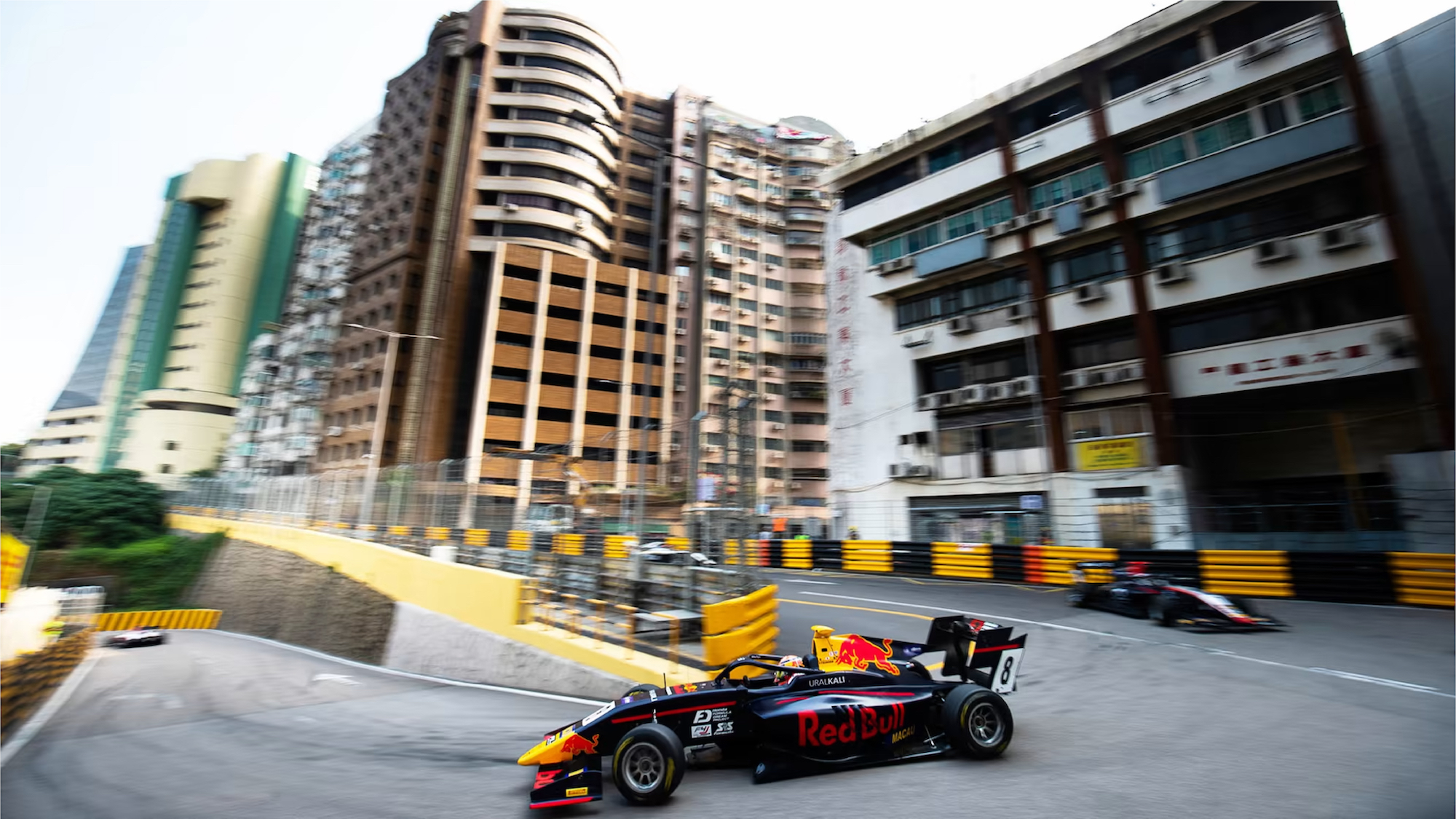
Get a seat at the Lisboa Bend if you can
The Guia Circuit consists of six bends: Mandarin Oriental, Lisboa, Maternity, Melco Hairpin, Fishermen’s and the “R.”
The famous Lisboa Bend is usually the scene of most of the action. That’s because the stretch of track from the “R” Bend to the Lisboa Bend is the straightest part of the course and one of the best chances for drivers to overtake. But imagine a racecar or motorbike going full throttle as it passes its rivals, then having to pull up suddenly for a 90-degree right turn. That’s the Lisboa Bend in a nutshell.
Swedish racing driver and two-time F3 winner, Felix Rosenqvist recalls the challenge of taking the bend in both F3 and GT cars. “Both cars will approach the braking area for the 90-degree right-hand Lisboa Bend at the same speed – above 280 km/h. You can get to the 100-metre mark before you brake in an F3 car. The GT car, with its greater mass, will need double that braking distance,” he told the FIA.
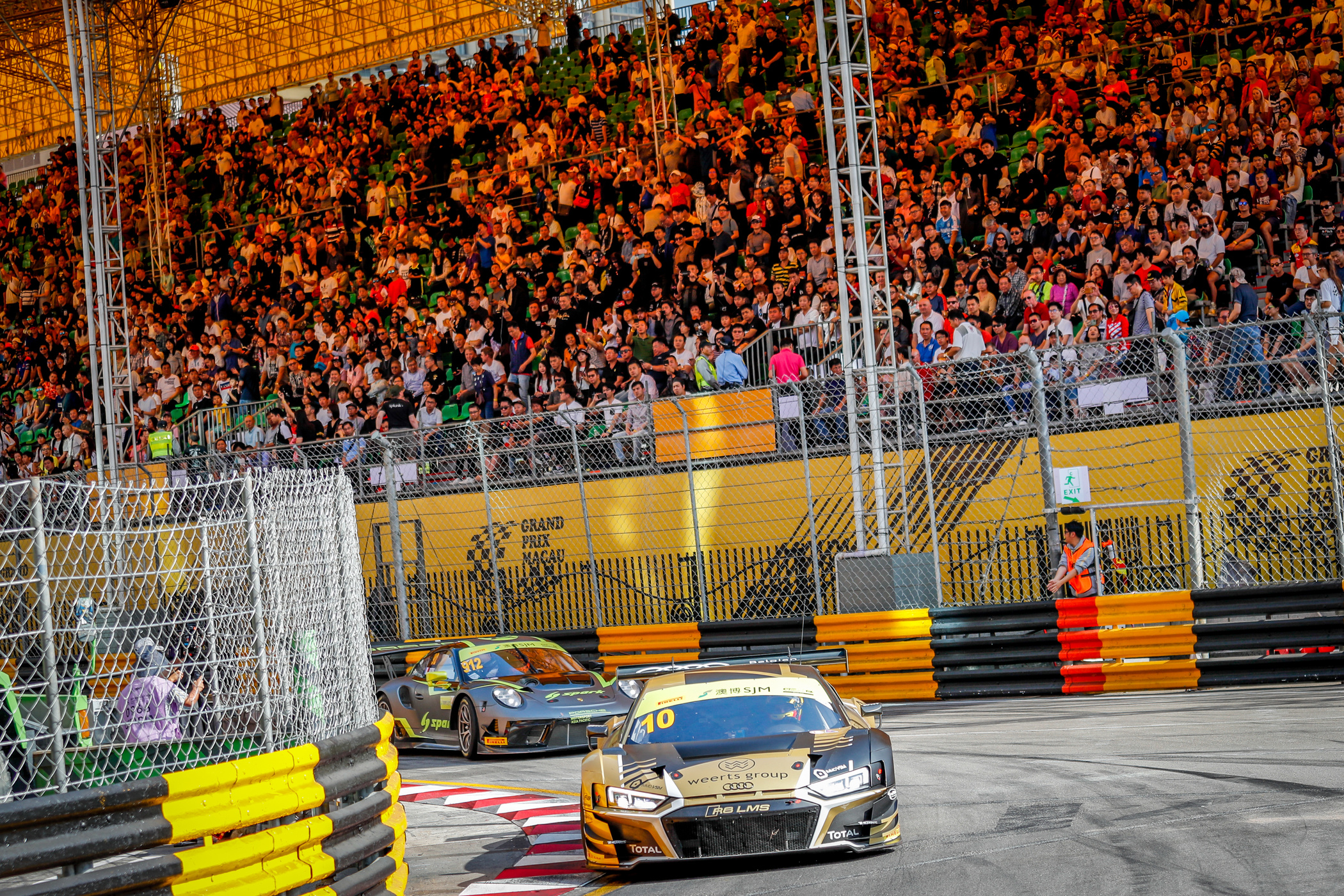
Some of the biggest names in racing have been around this track
From Ayrton Senna and Michael Schumacher to Lewis Hamilton and Max Verstappen – many Formula 1 champions have raced on the Guia track.
Late Brazilian legend Senna termed the track “very challenging” because of the fast straights then having to slow down the car through the tight corners.
Some say legends are made on the Guia Circuit.
Accidents aren’t unusual with a course like this
During the FIA GT World Cup Qualifying race in 2017 – 16 cars piled up next to Edficio Seaview Garden (Block 2), before the Melco Hairpin bend. Current Mercedes-AMG driver and Spanish Daniel Juncadella was in fourth place when he hit the barrier after a tight turn that blindsided the rest of the drivers behind.
The most recent talk of the town is German racer Sophia Flörsch’s horrifying crash in 2018. The 22-year-old saw her Dallara-Mercedes flip at 276 km/h, leaping over Japanese driver Sho Tsuboi’s Formula 3 car and crashing through the security grill and advertisement hoarding. Flörsch fractured her spine and was sent to Conde de S. Januario Hospital. She was discharged from the hospital eight days later and was appointed “Macao Tourism Goodwill Ambassador” by the Macao Government Tourism Office.
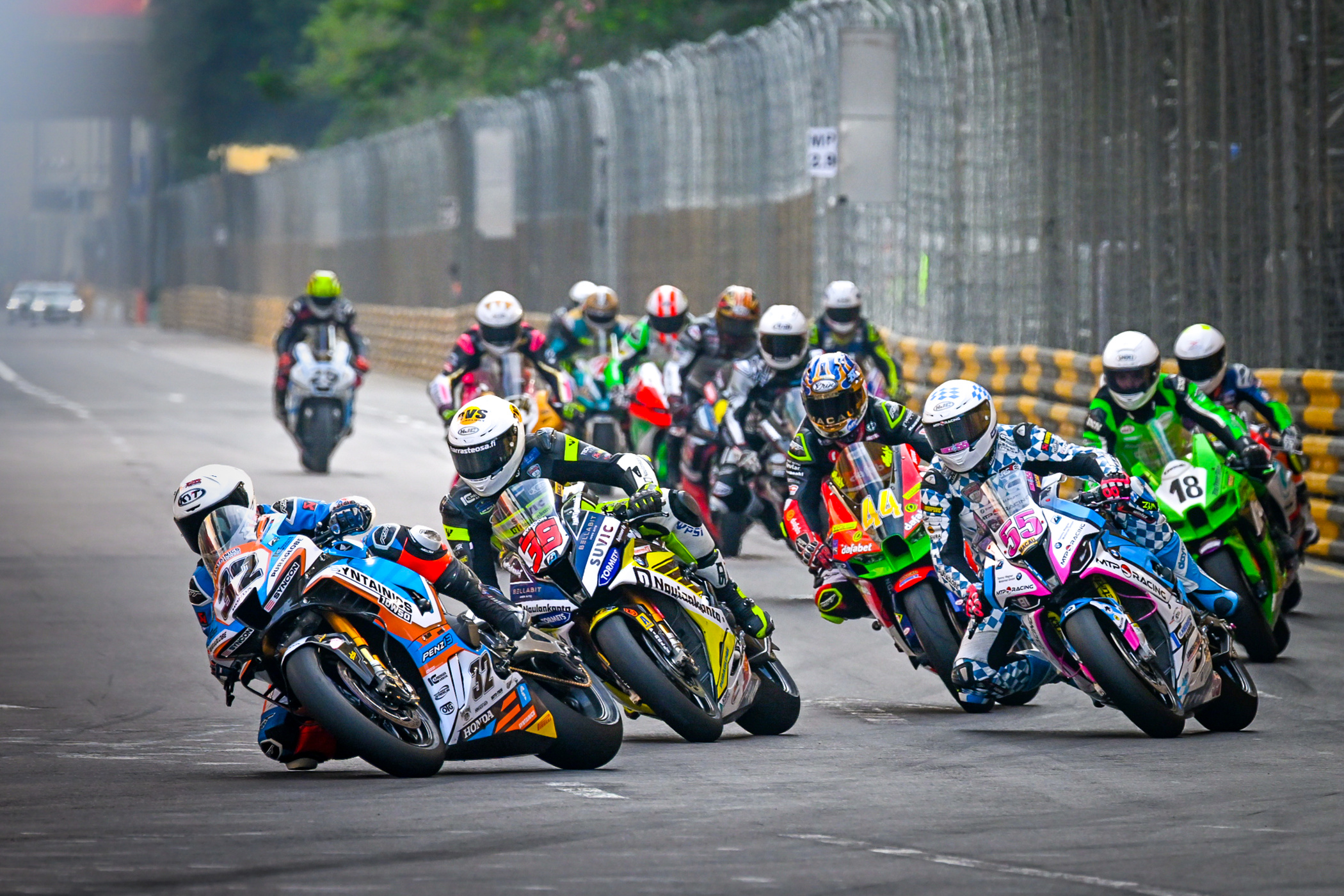
Sadly, the Macau Grand Prix has seen a total of five racecar driver fatalities. The first was during the 14th Macau Grand Prix in 1967, where Filipino driver Arsenio “Dodjie” Hidalgo Laurel – the youngest child of José P. Laurel, president of the Philippines from 1943 to 1945 – was favourite to finish first. Laurel unfortunately lost control of his car on the third lap and hit the wall on the Mandarin bend.
The Guia Circuit is even more dangerous for motorcyclists. Tragically, Macao has seen nine motorcycle fatalities – the first one during the 7th Macau Grand Prix in 1973, when Hong Kong’s Tsang Shea Lun crashed his Norton Commando on the barrier. The most recent ones were in 2012 and 2017 respectively, when Luis Filipe de Sousa Carreira and Daniel Hegarty lost control of their bike, both on the Fisherman’s Bend.
Standards have improved immeasurably in motorsport in recent decades – from fire-resistant race suits to the protective “halo” recently introduced in formula racing. But risks will always remain.
You can learn more about the history of the Guia Circuit at the Macao Grand Prix Museum. Tickets for the event go on sale soon.
